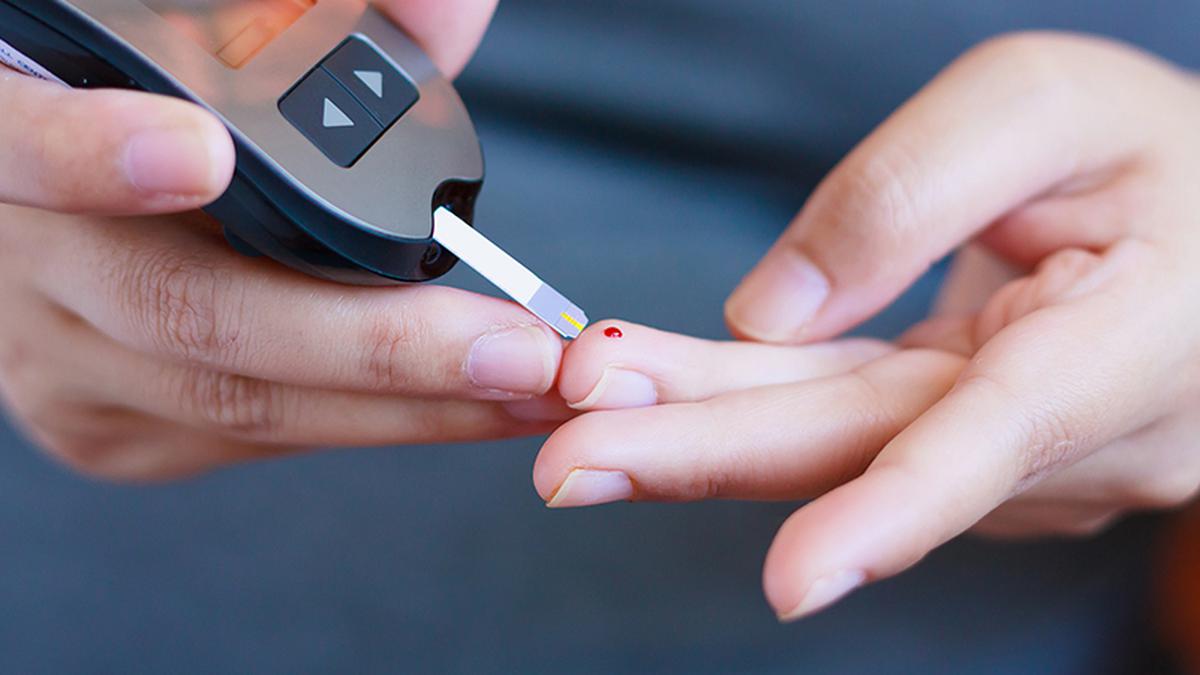Questions:
1. Eating chillies activates a certain receptor in the mucosal membrane of the digestive tract called TRPV1, making us feel the spice. What is another trigger to which the TRPV1 molecule responds?
2. When eating something spicy, we often sweat. Which part of the brain does the body activate to cool itself in response by, among other actions, triggering the sweat glands?
3. Water can’t provide instant relief from the burning sensation that comes from eating spicy food. This is because water and TRPV1 molecules ______ each other. Fill in the blank.
4. Thanks to a single mutation in the gene that produces the TRPV1 receptor, ____ ______ are the only mammals other than humans that can withstand high levels of capsaicin, the active compound in chilli peppers that, when it comes in contact with tissue, gives rise to the perception of a burning sensation. They are believed to have acquired this mutation in order to eat the naturally spicy foods in their habitats. Fill in the blanks.
5. Which American pharmacist devised the first scale in 1912 to rank the pungency of chilli peppers? The scale does so based on the concentration of capsaicinoids in a given substance.
Visual:
Name this Nobel laureate who helped understand how birds can comfortably eat chilli peppers while mammals can’t even though both have TRPV1 receptors. He also elucidated the genes responsible for the sense of touch. Credit:
Answers:
Heat
Hypothalamus
Repel
Tree shrews
Wilbur Scoville
Visual: Ardem Patapoutian











